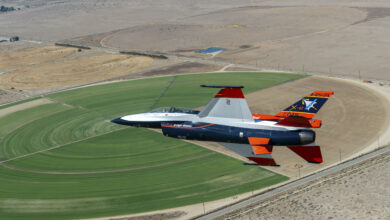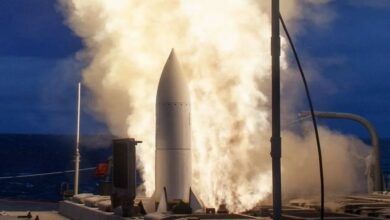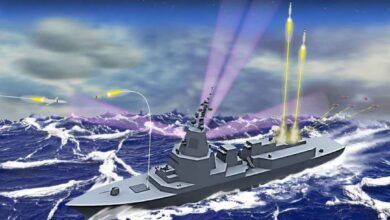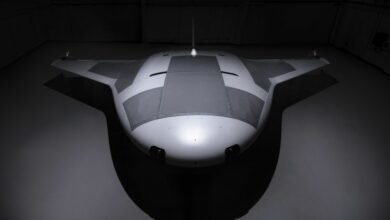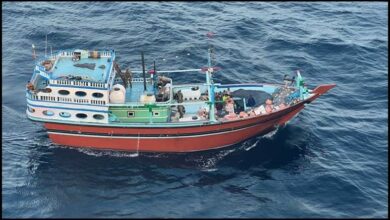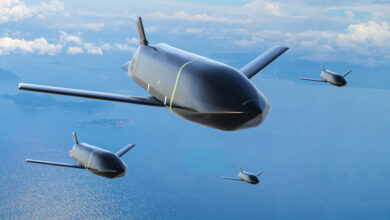US Army Opens Patriot Missile Storage Facility in Japan
The facility is said to store 200 missile canisters and expedite the rapid outload of Patriot Missiles.
A Patriot Missile storage facility was opened in Japan last week to facilitate rapid deployment of the iconic surface-to-air missile defense system, the US Army announced on Tuesday.
SSFM International, the company that designed the building, described it as a reinforced concrete storage facility located in the munitions storage area at Kadena Air Base, Okinawa, Japan.
The facility is said to store 200 missile canisters and expedite the rapid outload of Patriot Missiles. It measures 1,700 square feet (158 sqm) and has two main buildings designed to support separate missile batteries, as well as a state-of-the-art cooling and humidity monitoring system.
The commander of the unit utilizing the facility, Lt. Col. Rosanna Clemente, revealed that their battalion will be celebrating 15 years in Okinawa this year.
“I can’t think of a better way to celebrate our unit’s time here than by sharing this opening ceremony with the organizations, companies, agencies, teammates… the people who came together to make this facility a reality,” Clemente said.
About the Patriot Missile
The Patriot Missile, also known as the MIM-104 Patriot, is a surface-to-air system that works primarily as the US Army’s anti-ballistic missile system.
Manufactured by defense contractor Raytheon, the PAC-1 variant weighs 700 kg (1,500 lb) with a length of 5.8 m (19 ft). The PAC-1 variant has an operational range of 70 km (43 mi) and a speed of Mach 2.8. A transporter erector launcher carries, elevates to firing position, and launches the missiles.
The system was used during 2003 Operation Iraqi Freedom in Iraq, 2014 Operation Protective Edge in Israel, and during the Syrian civil war, which began in 2014.
Innovative Building Design
The building is the first of its kind in Japan, utilizing cutting-edge design and construction.
“[This] is the first-ever project for the Japan Engineer District to incorporate Virtual Reality technology, providing realistic 3-D pictures allowing stakeholders to ‘walk through’ the facility during design,” U.S. Army Corps of Engineers — Japan District commander Col. Thomas Verell, Jr. touted. “This virtual reality tool facilitated comprehensive real-time collaboration between all partners, ensuring the design met all mission requirements.”
Verell explained that the facility was the first construction project in which the Army Corps of Engineers incorporated Japan Industry Standards, which means that the standards and materials of the host country were utilized during the construction, saving time and money.


